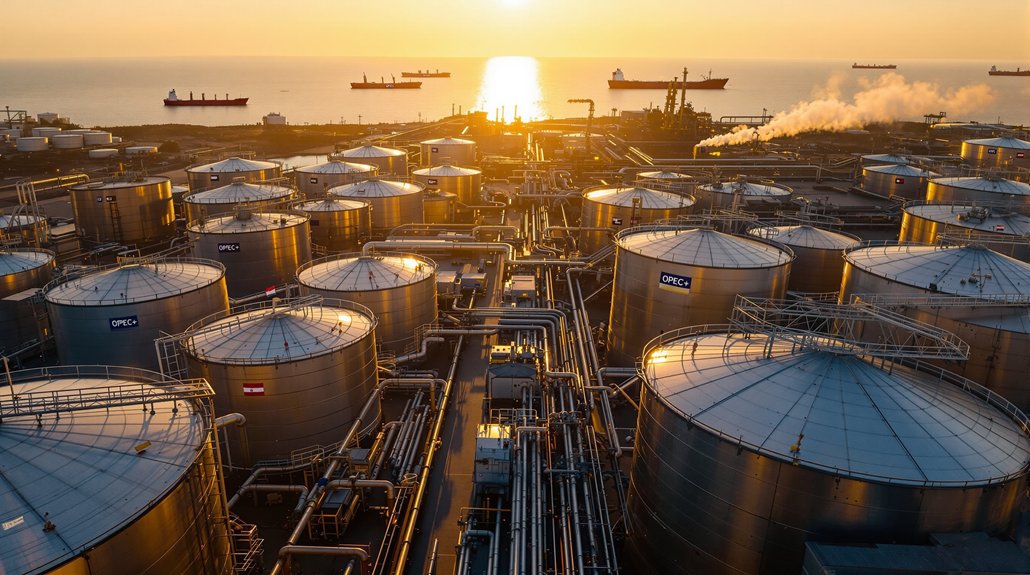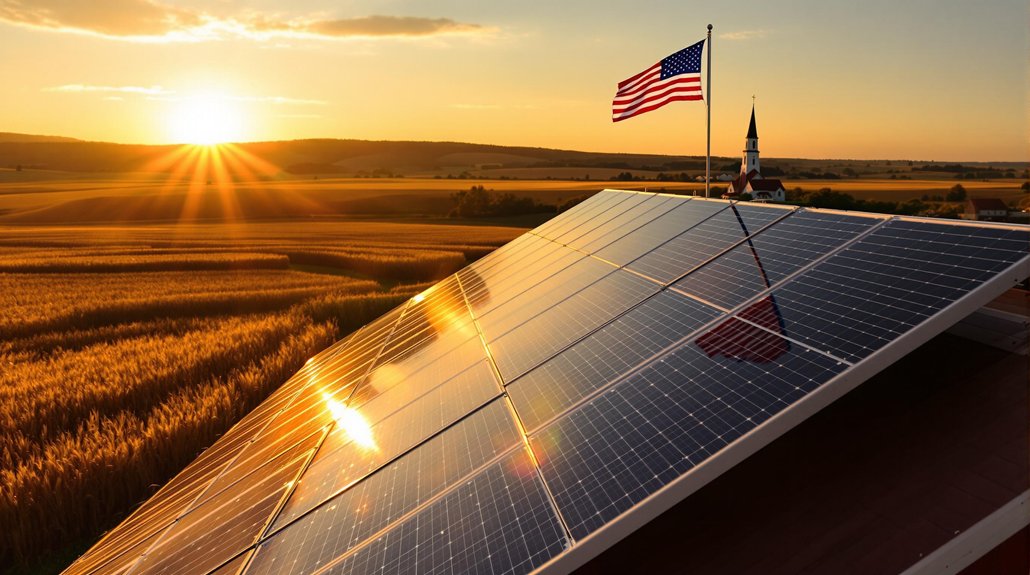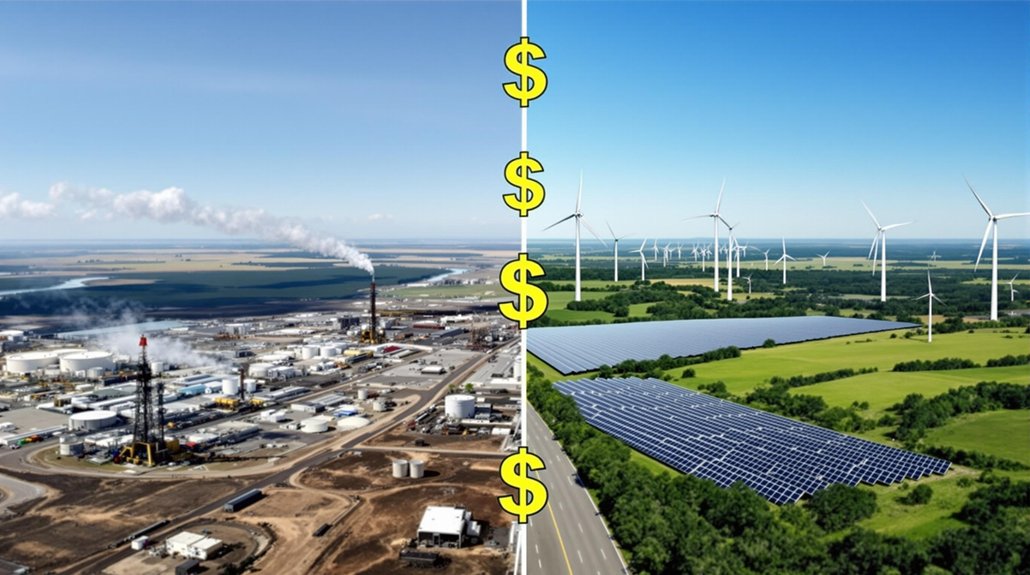OPEC+ will increase oil production by 411,000 barrels daily starting May 2025. This change sent crude prices down 5.5% to $70.80 per barrel. The group plans to gradually restore 2.2 million barrels of daily cuts over 18 months ending September 2026. Saudi Arabia and Russia will lead production with over 9 million barrels each. OPEC+ cites “healthy market fundamentals” but maintains flexibility to adjust as conditions evolve.
As global oil markets prepare for significant changes, OPEC+ has announced plans to gradually reverse its 2.2 million barrels per day production cuts starting in April 2025. The oil group will implement these increases over an 18-month period ending in September 2026, adding about 137,000 barrels daily each month.
In a surprising move, OPEC+ revealed it will accelerate production in May 2025 with a substantial 411,000 barrels per day increase. This boost equals three monthly increments combined into one adjustment. The announcement caused immediate market reaction, with oil futures dropping 5.5% to $70.80 per barrel.
Saudi Arabia will lead production with 9,200,000 barrels daily, followed closely by Russia at 9,083,000 barrels. Other significant contributors include Iraq at 4,049,000 and the UAE at 3,015,000 barrels per day. The UAE will also receive an additional 300,000 barrel increase during the adjustment period, highlighting its growing influence within the group. This special consideration for the UAE represents a 20% production increase compared to their previous target levels.
Saudi Arabia’s 9.2 million barrel dominance positions it at OPEC+’s helm, with Russia close behind as production targets reshape oil’s power structure.
Kuwait, Kazakhstan, Algeria, and Oman will round out the production increases with targets of 2,443,000, 1,486,000, 919,000, and 768,000 barrels per day respectively. These eight nations form the core of OPEC+’s production strategy moving forward.
The organization cited “healthy market fundamentals” and a “positive market outlook” as reasons behind their decision to boost production. The plan is designed with flexibility, allowing OPEC+ to pause or reverse increases based on evolving market conditions. Monthly meetings will monitor production levels and market conditions, with a May 5, 2025 meeting scheduled to review June production targets. Member nations must submit updated compensation plans for any overproduction by April 2025.
Market analysts are watching closely to see how this increased supply will balance with global demand. The success of OPEC+’s strategy depends on maintaining discipline among member countries and adjusting to economic and geopolitical developments that might impact the oil market through 2025 and beyond.









